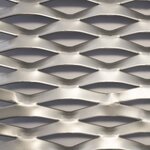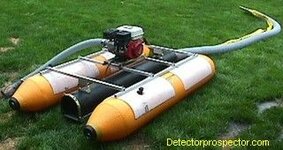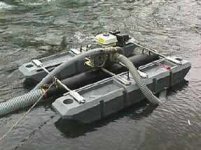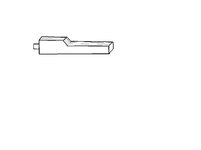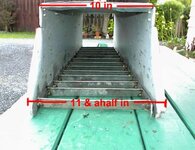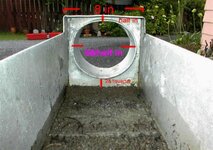principedeleon
Sr. Member
- Oct 22, 2013
- 449
- 151
Hello guys..
I have built a 6" subbie with my 8hp Honda engine and i have been very please with the results even tho i feel i dont have it fully functioning how i would want ..
I have more then enough suction but my sluice box just cant clear the riffles has if there would be air inside the sluice box.
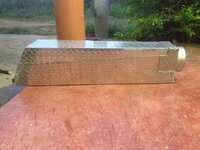
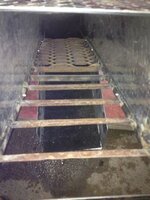
I dont know exactly how could i achieve something lightweight but yet efficient.
I have seen this trap which im not sure how well it work but it sure could help me avoid clog ups in the sluice box..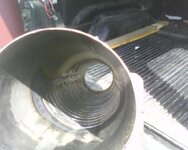
Or could i build a 2" jet and run the half inch material through a sluice box up on the surface ..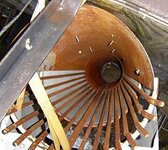
I have built a 6" subbie with my 8hp Honda engine and i have been very please with the results even tho i feel i dont have it fully functioning how i would want ..
I have more then enough suction but my sluice box just cant clear the riffles has if there would be air inside the sluice box.


I dont know exactly how could i achieve something lightweight but yet efficient.
I have seen this trap which im not sure how well it work but it sure could help me avoid clog ups in the sluice box..

Or could i build a 2" jet and run the half inch material through a sluice box up on the surface ..





